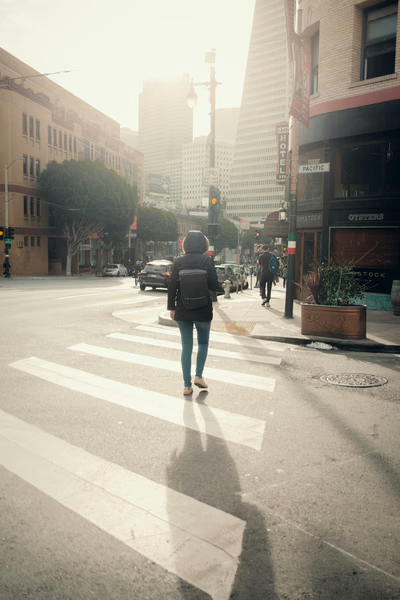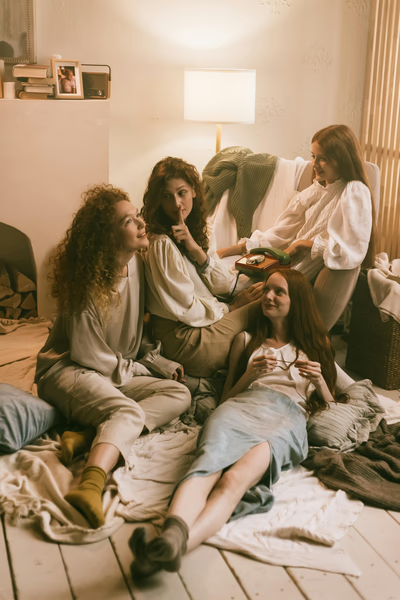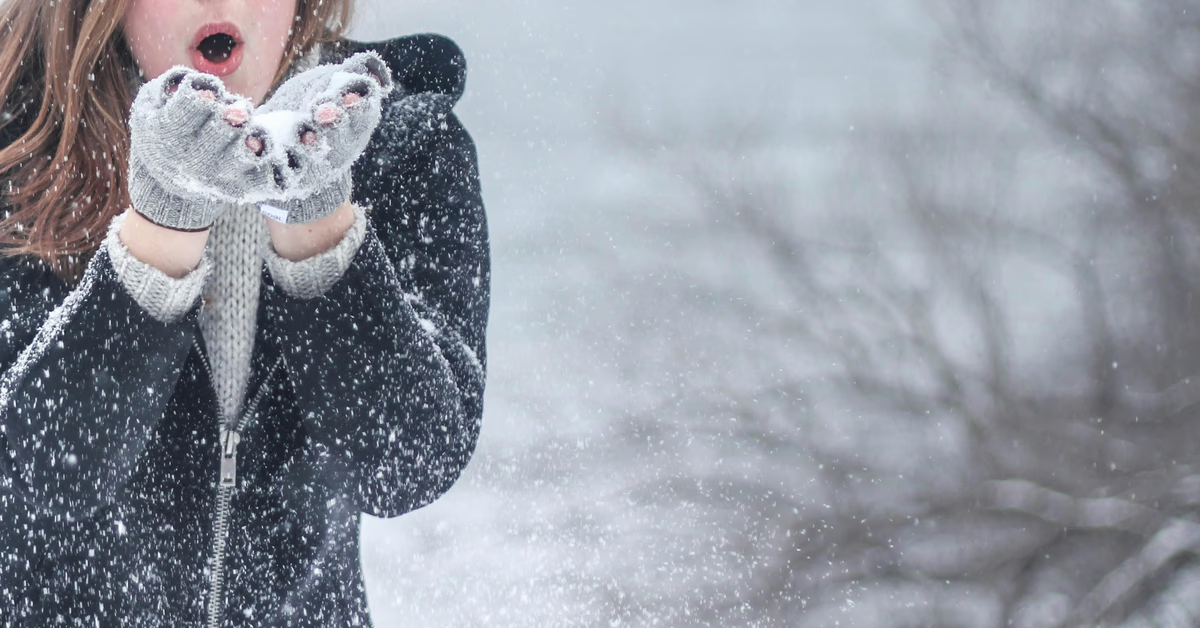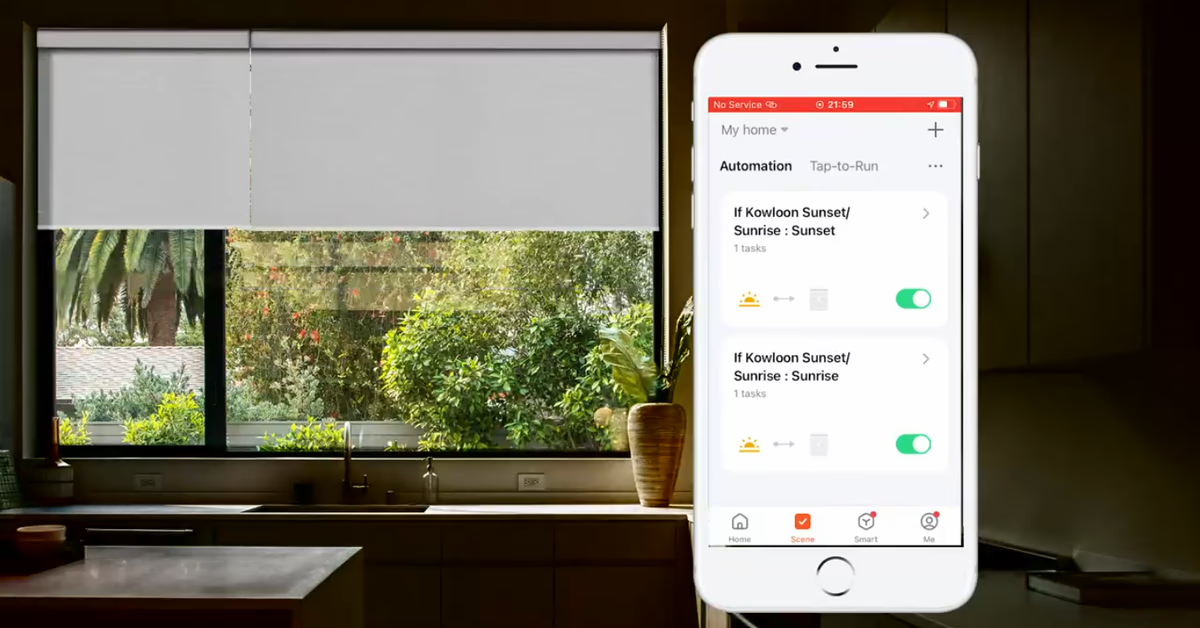The Midwestern winter is famous for chilly winds and super low temperatures. Not wearing the right gear can cause discomfort and real dislike for the winter. You might have heard this before, a popular Norwegian or Swedish saying — “There is no bad weather, only bad clothing”!
In this winter clothing guide article below, we are going to cover some of the winter scenarios and the clothing required to get through the winter of 2024/25. It could be your morning commute, or your outdoor errands, or you’re just staying home being lazy and cozy 😊 — what you wear makes all the difference.
Winter Clothing Guide
Scenario 1: Commuting to Work or College
Winter days can bear from light snow to heavy snow, and gusting winds can create below freezing temperatures. Your commute may encounter a little bit of driving, or walking on an icy sidewalk, or waiting for public transport. Staying comfortable and warm is important to start your day right.
What to wear?

Base Layer
Thermal shirt or lightweight merino wool top for warmth without bulk.
Mid Layer
A fleece or insulated sweater to trap heat.
Outerwear
A waterproof, insulated coat with a hood to shield against show and wind.
Bottoms
Thermal leggings under jeans or lined trousers for extra protection
Footwear
Waterproof, insulated boots with good traction for icy sidewalks.
Accessories to Carry
- Touchscreen friendly gloves for easy phone use.
- A knit scarf to wrap around your neck and face when the wind bites.
- Thermal socks to keep feet warm and dry.
- Ear muffs or a snug beanie for head and ear coverage.
- Electric pocket hand warmers for quick heating
Remember, so I have been told when I was new to the area – “The key to staying warm and comfortable is how well you layer”. You would skip this layer rule only if you have really well made outerwear. These outerwears come in many styles, could be heavy or light depending on the brand and the type of materials used.
Dressing appropriately will keep you warm, prevent frostbites, and will ensure that you arrive at work or class feeling comfortable and focussed. PRO-TIP: For the base layer, avoid cotton as it retains moisture and instead use moisture-wicking fabrics like wool or synthetic blends.
Scenario 2: Outdoor Activities or Errands
For this scenario, you certainly want to stay protected and, at the same time, remain flexible while braving any unpredictable weather.
What to wear?

Outerwear
A waterproof parka or down jacket for insulation and weather resistance.
Layering
Thermal shirt, a sweater or fleece, and a jacket to stay warm without feeling restricted.
Bottoms
Waterproof or water-resistant pants, or thermal leggings paired with jeans.
Footwear
Thermal leggings under jeans or lined trousers for extra protection
Accessories to Carry
- Water-resistant gloves to keep hands dry and warm.
- A knit hat with ear flaps for extra coverage.
- Sunglasses or goggles to reduce glare during a bright sunny day
- A lightweight, foldable umbrella in case of freezing rain.
- Pocket hand warmers
These winter gear essentials are meant to keep you comfortable, whether you’re picking up groceries or taking a stroll during sudden temperature drops or slippery conditions.
Scenario 3: Social Gatherings or Events
Social events during winter times are often a mix of indoor and some outdoor activities. For these scenarios, focus shifts from purely practical to balancing warmth with style for indoor settings. Be it a holiday party or a casual meetup, you’ll certainly want to keep yourself warm outdoors while looking stylish indoors.
What to wear?

Outerwear
A tailored wool coat or peacoat for a polished look that still provides insulation.
Layering
A lightweight thermal top under a fashionable sweater or blouse for easy adjustment indoors.
Bottoms
Thermal leggings with dresses or skirts, or fleece-lined dress pants for formal events.
Footwear
Leather boots or heeled boots with insulated lining for a chic yet functional touch.
Accessories to Carry
- Elegant gloves or mittens for a stylish finish.
- A statement scarf that compliments your outfit.
- Compact earmuffs or a beret for a fashionable headpiece.
In this scenario, it is best to stick to thinner heat-retaining layers like cashmere or merino wool to avoid bulk. Choose fabrics like velvet or tweed for dressier occasions, offering both style and seasonal appropriateness.
Scenario 4: At-Home Cozy Days
Colder days during winter might make stepping outside feel unappealing, and staying indoors then becomes your only option. Whether you’re working from home, lounging, or spending time with family, warm, comfortable, and cozy attire is your best bet.
What to wear?

Top Layers
Fleece-lined hoodies or oversized sweaters for a relaxed fit.
Bottoms
Flannel pajama pants, joggers, or thermal leggings for cozy warmth.
Footwear
Fuzzy socks or insulated house slippers to keep your feet toasty.
Accessories to Have On Hand
- A knit blanket or a sherpa-lined throw for extra warmth.
- Fingerless gloves for keeping hands warm while working or using devices.
- A beanie or headband if the heating is uneven in your space.
At home, I find that comfortable and warm clothing helps me relax and enjoy my time, while also reducing heating costs – especially in a larger house.
Winters in the Midwest can be pretty challenging. Though with the right clothing choices and preparation, you will survive the season comfortably. Remember to layer and bundle up for a commute, or while running errands.
If you’re looking for products for a specific category, like boots, jackets, or layering pieces, don’t miss our related articles.They’re packed with helpful tips and insights to make your winter shopping easier and more informed.
Do share this article with your loved ones so they can stay warm and stylish during the chilly months too!
Stay warm, stay stylish, and make the most of the winter!






